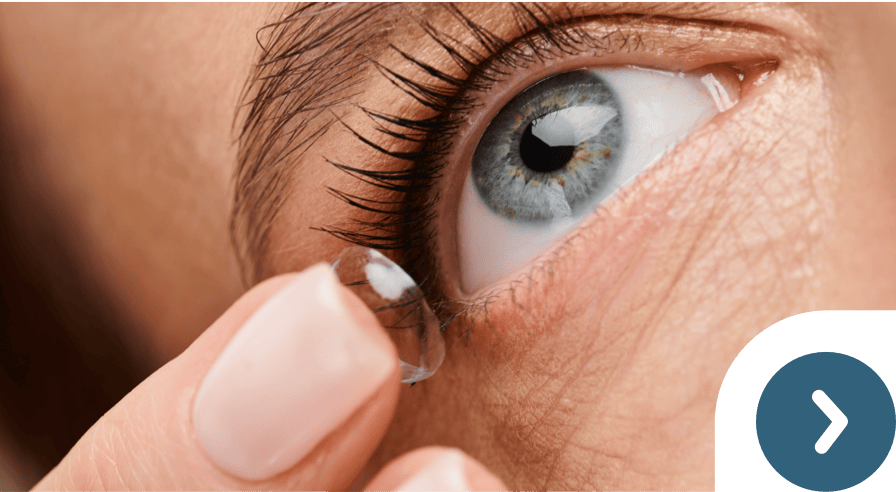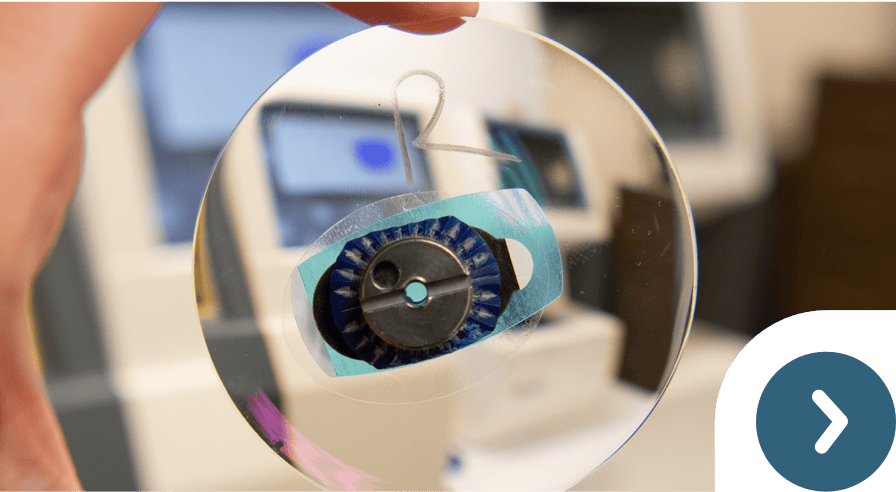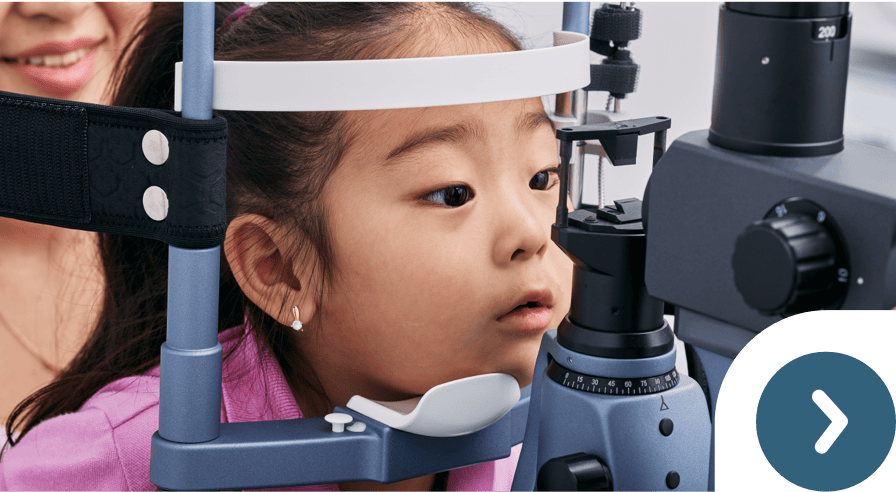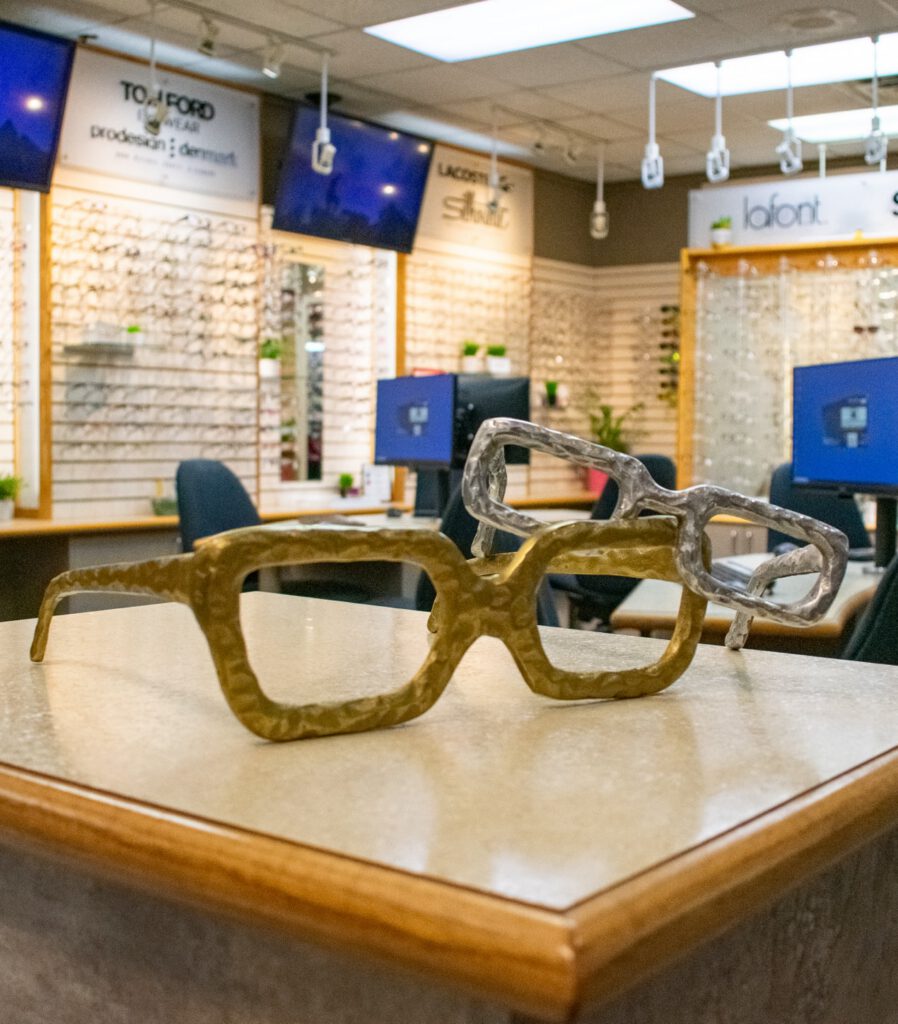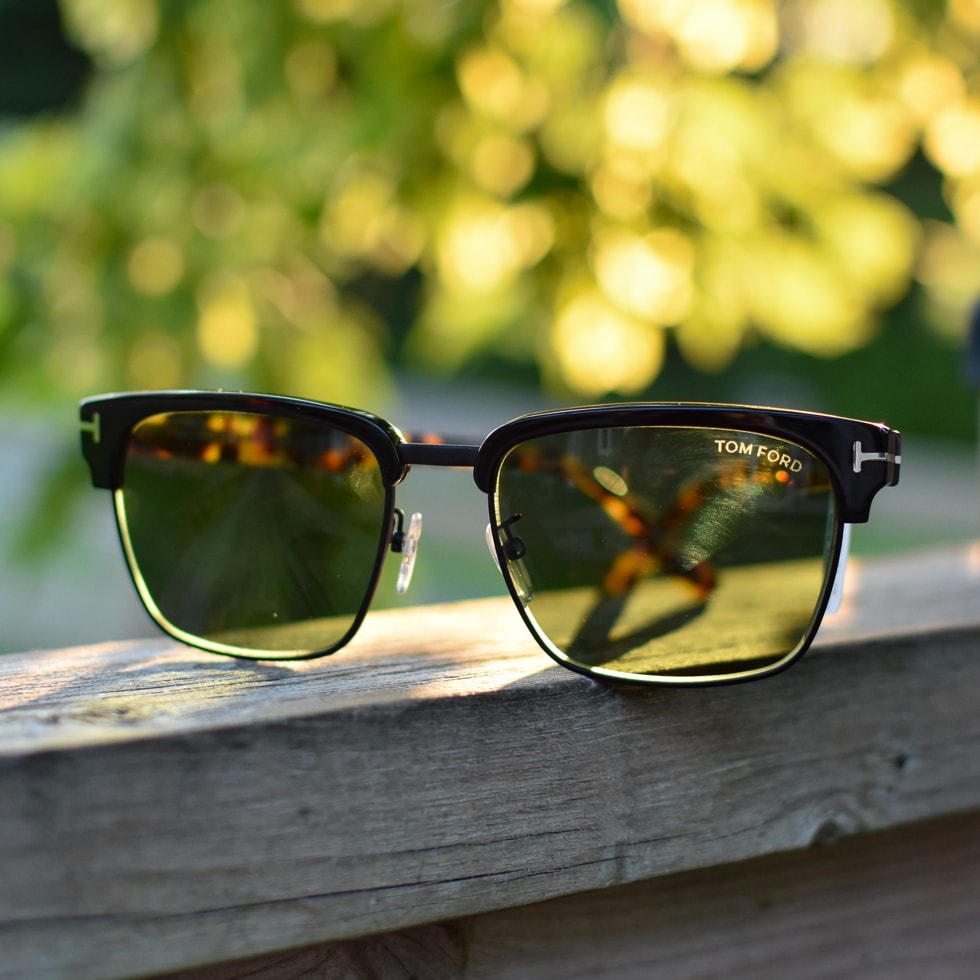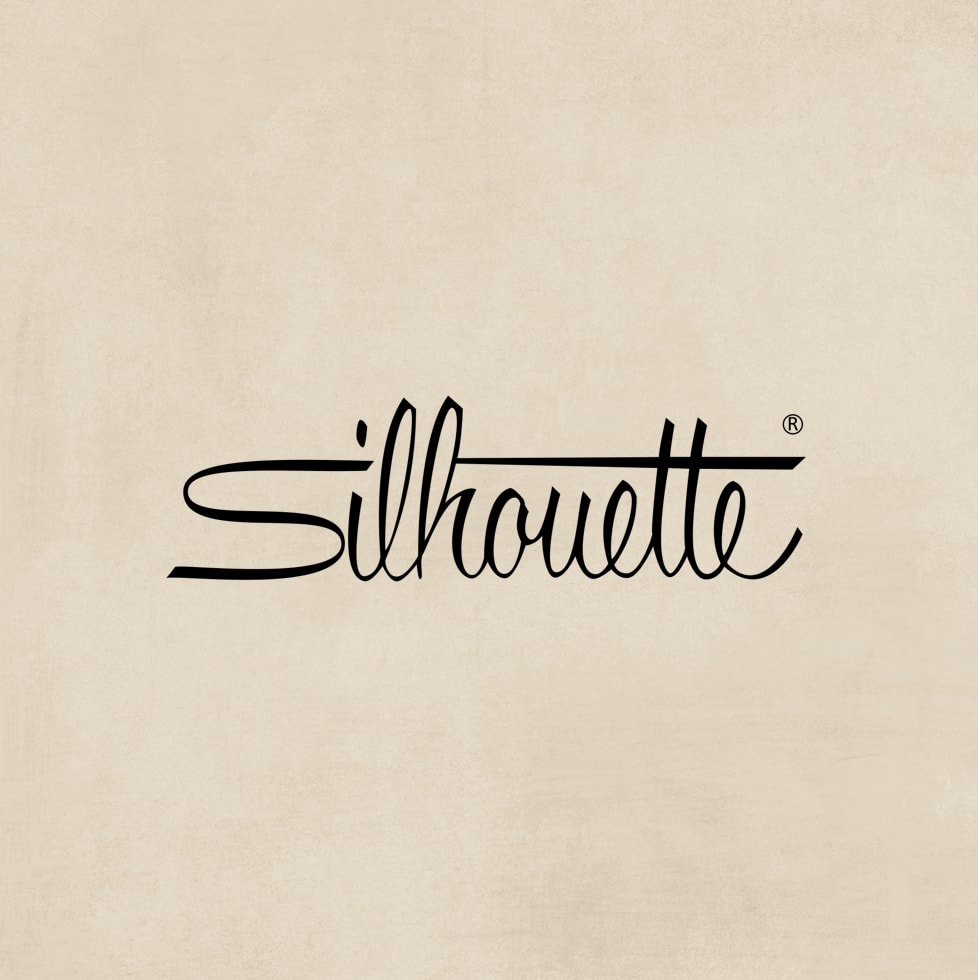Getting new glasses is exciting! You’ve picked out stylish frames, updated your prescription, and you’re ready to see the world with crystal clarity. But then you put them on and something feels… off. Maybe everything looks slightly tilted, or you’re getting a headache, or the frames feel awkward on your face.
Before you panic and assume something’s wrong, take a deep breath. What you’re experiencing is completely normal. Your eyes and brain need time to adapt to your new lenses, and this adjustment period varies from person to person. Some lucky folks feel comfortable within a day or two, while others might need up to two weeks to fully settle in.
What to Expect When Wearing New Glasses
The first time you slip on your new glasses, you might notice enhanced clarity alongside some unusual sensations. Things might appear slightly distorted or feel “different” than you expected. This happens because your eyes are adjusting to new lenses or an updated prescription, and your brain is busy processing these fresh visual signals.
During this adjustment period, you might experience:
- Unfamiliar pressure points on your nose bridge or behind your ears
- Getting used to new lens shapes, sizes, or frame styles
- Temporary blurring or minor visual distortion
- Eye fatigue or mild headaches as your visual system adapts
- A sensation that the ground appears closer or farther than usual
These symptoms are part of the normal transition process. Mild strain or discomfort shouldn’t cause alarm, but persistent issues warrant a follow-up visit with your eye care professional.
Typical Adjustment Timeframes
Most people fully adjust to new eyeglasses within 2-14 days, but several factors influence how quickly this happens.
Age Matters
Younger eyes typically adapt faster to changes. Children often adjust to new glasses within just a few days because their visual systems are more flexible. Adults over 40 may need a longer adjustment period as their eyes become less adaptable with age.
First-Time Glasses Wearers
If you’re wearing glasses for the first time, expect a potentially longer adjustment period—often up to two weeks. Your brain has never processed vision through corrective lenses before, so it needs extra time to learn how to interpret this new visual information.
Prescription Changes
Minor prescription adjustments usually require only a few days for adaptation. However, significant changes or switching to different kinds of lenses, like progressives or bifocals, can extend the adjustment period considerably.
Remember, everyone’s experience is unique. Be patient with yourself, but consult your optometrist if symptoms persist beyond a few weeks or worsen over time.
Tips for an Easier Adjustment
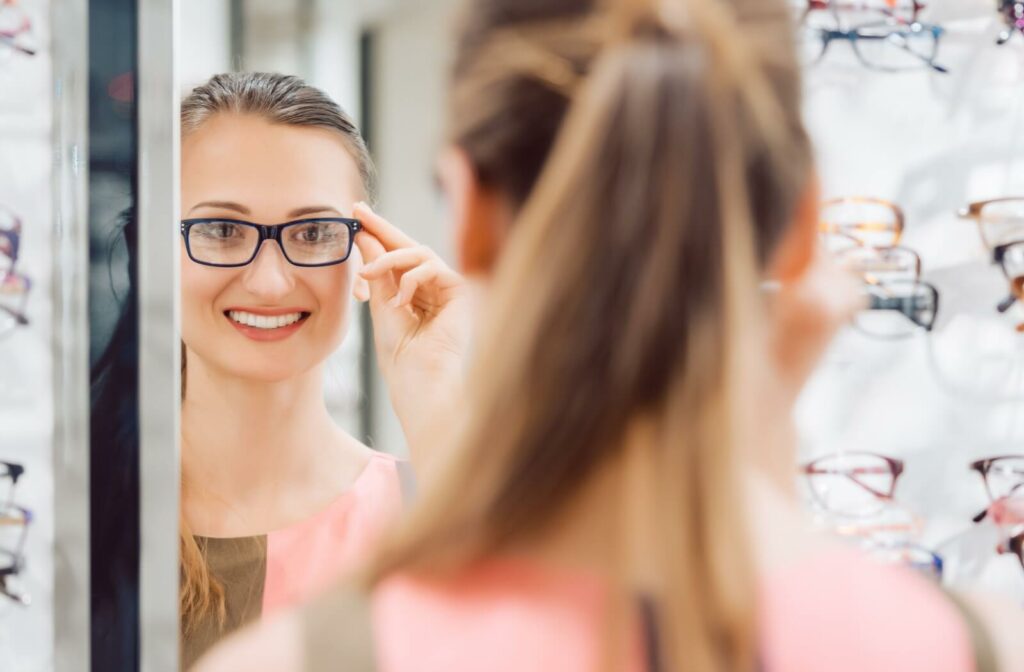
Making the transition to new glasses doesn’t have to be challenging. A few simple strategies can significantly smooth the process.
Wear Them Consistently
The most important rule: Be Consistent. Resist the temptation to switch back to your old pair, even if the new ones feel uncomfortable initially. Consistency helps your visual system adapt faster and more completely.
Ensure your glasses were properly fitted by your eye care professional, with accurate measurements for both frames and lenses. Proper fitting makes a significant difference in comfort and adjustment time.
Special Considerations for Progressive Lenses
Progressive lenses require extra patience since your eyes must learn to navigate different zones for distance, intermediate, and near vision. Here are specific tips for progressive lens wearers:
- Maintain consistent wear—don’t alternate between old and new glasses
- Turn your entire head, not just your eyes, to look through the correct lens zone
- Lower your eyes (not your head) when reading or looking at close objects
- Keep your chin level, especially when walking down stairs
- Move your head more deliberately when scanning your environment
Most people adjust to progressives within a few weeks, but contact your optometrist if problems persist.
Keep Your Lenses Clean
Maintain spotless lenses for optimal vision clarity:
- Use proper lens cleaning solutions and microfibre cloths
- Avoid tissues, clothing, or rough materials that can scratch lenses or damage protective coatings
- Clean regularly to prevent smudges that can cause unnecessary eye strain
When to Update Your Prescription
Your vision prescription isn’t set in stone. Natural changes occur as you age, making regular updates necessary for optimal eye health and comfort.
Most adults should schedule comprehensive eye exams every 1-2 years, though frequency depends on:
- Your age and overall eye health
- How rapidly your vision changes
- Existing conditions like astigmatism, glaucoma, or diabetes
- Your optometrist’s specific recommendations
- Any vision-related symptoms you notice
If you experience consistent strain while wearing your current glasses, this isn’t normal and deserves prompt attention.
Signs You Need New Glasses
Watch for these indicators that your current glasses may be outdated:
- Persistent headaches or eye strain during regular activities
- Difficulty with glare, especially at night or when using computers
- Frequent squinting to see clearly
- Eye fatigue after computer work or reading
- Uncomfortable fit due to bent or loose frames
- Visible wear, scratches, or damage to lenses
- Changes in your style preferences
Any of these signs suggests it’s time for an updated prescription and fresh eyewear.
Getting Your New Glasses Faster
At Westmount Optometrists, we understand you’re eager to start enjoying clearer vision. That’s why we offer an on-site optical laboratory where many lenses can be prepared on the same day, significantly reducing your wait time for new glasses.
Start Seeing Clearly Sooner
Adjusting to new glasses takes time, but knowing what to expect makes the process much smoother. Keeping your prescription current and regularly updating your eyewear is essential for maintaining good vision and eye health.
Our team at Westmount Optometrists is here to help you find glasses that not only improve your vision but also complement your personal style. With our on-site optical laboratory, you might even walk out with your new glasses the same day! Contact us today to schedule your appointment and take the first step toward clearer, more comfortable vision.


